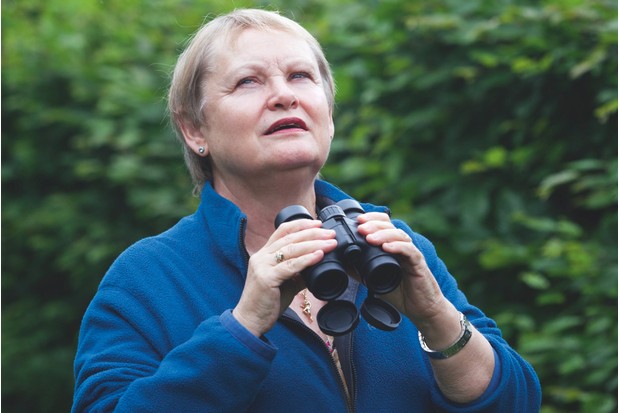Adélie penguins have been breeding in the West Antarctic Peninsula for hundreds of years, but just in the last couple of decades the population around an American research base called Palmer Station has faced competition for food resources from gentoo penguins and is in decline.
The scientists at Palmer have been monitoring Adélie penguins for many years. In 1975 there were 15,000 breeding pairs but today there are only a few thousand pairs.
To explain the decline, oceanographers from the University of Delaware (UD) speculated that the two penguin species may be suffering from the competitive exclusion principle, also known as Gause’s law, which states that two species that compete for the exact same resources cannot stably coexist.
“So we set out to explore whether the Adélies and gentoos were eating out of the same lunch box, so to speak,” explains Megan Cimino, a doctoral candidate in UD’s College of Earth, Ocean, and Environment, and lead author of a paper on the subject published in the Nature publication Scientific Reports.
To test whether the species were competing, researchers tagged a different penguin every three days over a month-long study period, with small satellite transmitters and depth recorders tracking where the penguins went and how deep they were diving.
They also used an underwater robot vehicle called a REMUS to sample the water where the penguins were foraging, something few researchers have done before.
The REMUS provided important measurements on temperature, salinity, how much light was in the water and the amount of phytoplankton and krill, the main food source for both penguin species.
“Gaining an understanding of where krill are in relation to their food, and where penguins are in relation to their food was an important part of the study,” Cimino says.
“Without the REMUS — which can swim at about the same speed and dive almost as deep as a penguin — we would not know what’s going on in the waters where the penguins are, we would only know that the penguins were there.”
An analysis of the data on thousands of foraging dives revealed that while the Adélie and gentoo penguins generally foraged in different areas, there was a small area of overlap between the two populations.
However, when the species overlapped, the gentoos changed their behaviour and foraged at deeper depths, well below the Adélie penguins.
Both penguin species are capable of foraging in deep water, yet the Adélies stayed in the upper 50 meters of the water while the gentoos went as deep as 150 meters when they were in overlapping areas.
“It was unexpected to see the Adélies foraging much shallower than the gentoos when we know they are capable of deeper dives,” Cimino says.
Furthermore, the fact that both penguin species were provisioning chicks during the satellite tracking implied that the adults were returning to the nest with enough food, further suggesting that competition was not limiting food resources.
So what is causing the Adélies’ decline? The oceanographers suspect direct and indirect climate impacts on their life histories.
Last year UD researchers reported a connection between local weather conditions and the weight of Adélie penguin chicks.
Previous research studies near Palmer Station demonstrated how climate and weather influence penguin breeding habits, the marine foraging environment and foraging trip duration.
The West Antarctic Peninsula has recently become one of the most rapidly warming areas on Earth.
If the region’s climate continues to warm, the sea ice extent and coverage duration will continue to decrease, potentially altering the food web and the penguin’s winter habitat.
Adélie penguins are migratory and leave their breeding colony to over-winter at sea. Gentoo penguins are non-migratory and remain at the breeding colony all winter.
“It is cool to see that two species can exist in very close quarters — less than 20 kilometres apart — and have different foraging habitats.
“But if their winter habitats are changing as well, for better or worse, it will likely have a direct effect on their population and how many penguins come back to breed each season,” Cimino says.

